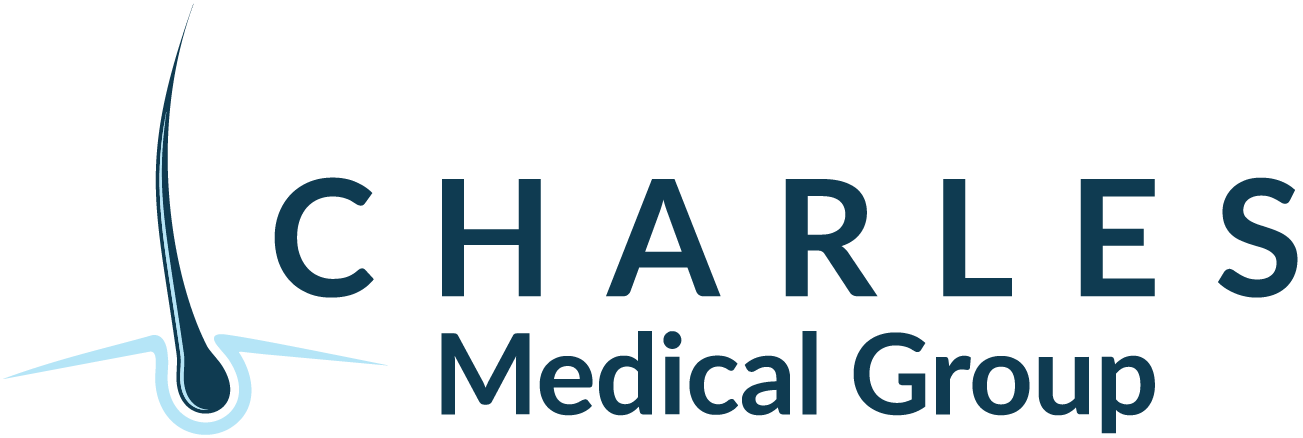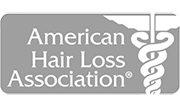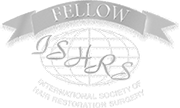One month after your hair transplant is a time of crucial care and attention
to ensure that your scalp and newly transplanted hair are on the right path to successful healing and growth. It’s a period that can set the tone for the overall success of your transplant, and as such, requires a clear understanding of the do’s and don’ts of post-operative care. Here’s a detailed roadmap to help you navigate this pivotal time.
Gentle Hair Washing Techniques
By now, your scalp has undergone significant healing, but it’s still delicate. When washing your hair, it’s essential to be as gentle as possible to avoid dislodging the grafts. Use a mild, sulfate-free shampoo and lukewarm water to cleanse your scalp. Apply the shampoo with soft, tapping motions rather than a rubbing action, and rinse gently without direct shower pressure on the transplanted area.
Choosing the Right Products
The products you use on your hair at this stage can impact the healing process. Opt for shampoos and conditioners that are specifically formulated for sensitive scalps or those that are made for post-transplant care. These products are typically free of harsh chemicals and contain ingredients that soothe and nourish the scalp, promoting a healthier environment for new hair growth.
Understanding Healing and Scalp Changes
One month in, most of the transplanted hair may have shed, which is a normal part of the hair growth cycle and makes way for new growth. Redness and swelling should have subsided significantly, but some patients may still experience mild redness, which will continue to fade over time.
Managing Itching and Redness
Itching is a common sensation as the scalp heals but resist the urge to scratch. Scratching can harm the grafts and lead to infection. If itching persists, consult with your hair transplant specialist about safe, anti-inflammatory remedies like aloe vera gel or a prescribed topical solution.
Avoiding Harsh Chemicals and Heat
Keep your scalp free from harsh chemicals found in styling products and dyes. Also, avoid heat treatments such as hair dryers, flat irons, or curling irons, which can damage the fragile new grafts and irritate your scalp.
The Role of Diet and Hydration
A balanced diet rich in proteins, vitamins, and minerals, along with adequate hydration, is essential for supporting hair growth. Nutrients such as biotin, vitamin E, and omega-3 fatty acids can particularly benefit the health of your hair. Ensure you’re drinking plenty of water to keep your body and scalp hydrated.
Protecting Your Scalp from the Sun
Exposure to strong sunlight can damage the scalp and newly transplanted hair. Wear a hat or use an umbrella when you’re outside to protect the area from UV rays. If you prefer not to cover your head, apply a gentle, non-chemical sunscreen to the scalp.
Resuming Physical Activities
While moderate exercise can resume, it’s important to avoid strenuous activities that can lead to sweating and increased risk of infection. Always follow the specific guidelines provided by your hair restoration specialist regarding the type and intensity of activities allowed.
Proper care in the first month post-transplant is a cornerstone of the hair restoration journey. By following these guidelines, you can help ensure the best possible outcome for your new hair and overall scalp health. Always stay in close contact with your specialists at Charles Medical Group, as they can provide personalized advice and support every step of the way.





